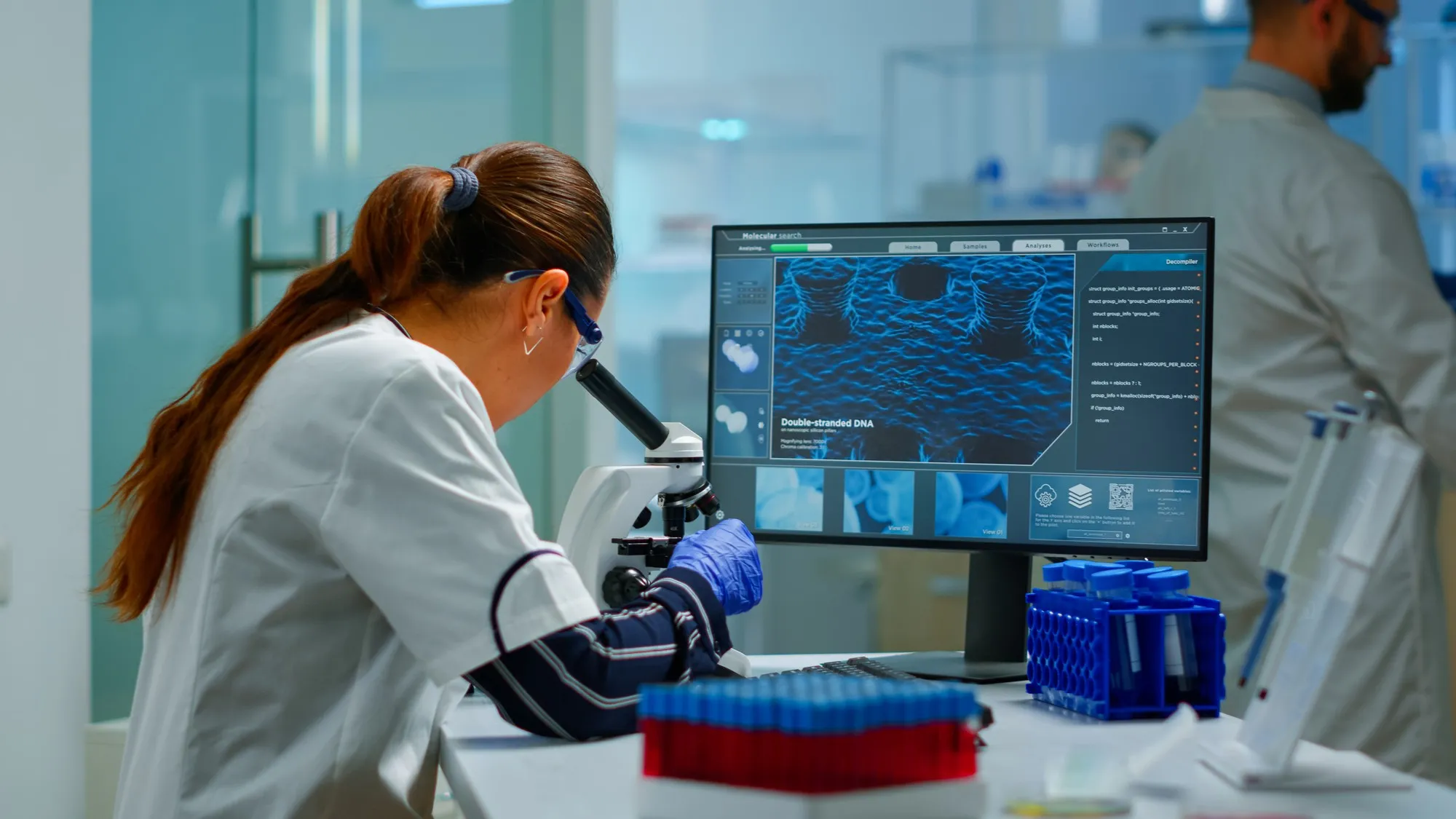New Dual-Modal Diagnostic Tool Revolutionizes Anthrax Detection
In a remarkable leap forward for public health security and biodefense, scientists from Yantai University and the Chinese Academy of Sciences have paved the way for rapid and accurate point-of-care detection of anthrax, a potentially lethal disease caused by Bacillus anthracis. Published in the prestigious journal Analytica Chimica Acta with DOI: 10.1016/j.aca.2023.342181, their research introduces a sophisticated ratiometric fluorescent and electrochemiluminescent dual-modal assay that sensitively identifies and quantifies 2,6-pyridinedicarboxylic acid (DPA), a distinctive biomarker of the anthrax-causing bacterium.
Insight into the Anthrax Threat and Early Detection
Anthrax poses a significant threat not only as a natural disease that affects humans and livestock but also as a potential biological weapon. The spores of *Bacillus anthracis* are highly durable and can be easily disseminated, making early detection critical to prevent widespread infection and potential bioterrorism incidents. Currently, identification of anthrax spores relies on detecting DPA—a unique component of the spore’s structure. The new diagnostic platform offers a substantial advantage over existing methods by enabling visual point-of-care testing that is both accurate and swift.
The Dual-Modal Detection Platform Explained
The international research team, led by professors Xu Ning, Li Xin, Luan Feng, Tian Chunyuan, Zhang Zhiyang, Chen Lingxin, and Zhuang Xuming, developed nanoparticles based on a lanthanide ion-hosting metal-organic framework (Ln-MOF). This framework, consisting of europium (Eu), terbium (Tb), and a custom-designed linker molecule (4,4′,4″-s-triazine-1,3,5-triyltri-m-aminobenzoic acid, abbreviated as TATAB), is the linchpin of the new assay. When DPA is introduced, the Eu/Tb-TATAB nanoparticles undergo a change in fluorescence and electrochemiluminescence, allowing sensitive and reliable detection of the biomarker.
The Science Behind the Diagnostic Innovation
The brilliance of the method rests in the ratiometric fluorescent (R-FL) detection. Unlike conventional fluorescence-based assays, ratiometric fluorescence leverages changes in the intensity ratios of two emission wavelengths. By monitoring the ratio of emissions at 545 nm (associated with Tb^3+) and 617 nm (associated with Eu^3+), a quantitative measure of DPA can be obtained. This ratiometry offers enhanced accuracy by correcting for potential environmental and instrumental variations.
The dual-modal nature of the assay adds electrochemiluminescence (ECL) to the mix. ECL involves the generation of light through an electrochemical reaction, providing a second mode of detection that can confirm the presence of the anthrax biomarker.
Innovation at the Frontlines: Simplifying Anthrax Diagnostics
The advent of such a detection platform significantly simplifies the diagnosis process, rendering it feasible for use at the point of care, even in resource-limited settings. It bridges the gap between the necessity for high-sensitivity detection and the practical aspects of field deployment as it does not require sophisticated lab equipment or highly specialized personnel to interpret the results. As such, it has the potential to transform the landscape of biodefense and infectious disease monitoring.
Ensuring Global Health Security: The Potential Impact
The timely and robust detection enabled by this new tool is paramount in preventing outbreaks and safeguarding against the misuse of anthrax as a biothreat. It can also aid in prompt diagnosis and treatment in endemic regions, improving clinical outcomes for affected individuals.
Accessibility and Future Applications
While the current study focuses on anthrax detection, the principles underlying this dual-modal assay can be adapted to other pathogens and chemical threats, showing the potential for this technology to grow beyond its initial application. The research team envisions the expansion of this diagnostic approach to a wider array of public health and safety applications.
Scientific Integrity and Forward Momentum
The authors of the paper underscore their commitment to scientific integrity with a declaration that they have no competing financial interests or personal relationships that might influence the reported work. They acknowledge that continued innovation and collaboration will be key to refining these diagnostic tools.
Conclusion: A New Era for Anthrax Testing
In summary, the pioneering efforts of the researchers from Yantai University and the Chinese Academy of Sciences herald a new chapter in anthrax detection. Their dual-modal assay stands as a testament to the profound impact that scientific innovation can have on global health security and the continuous battle against biological threats.
Keywords
1. Anthrax Detection
2. Dual-Modal Assay
3. Metal-Organic Framework
4. Ratiometric Fluorescent Probe
5. Biothreat Monitoring
References
1. Xu Ning, Li Xin, Luan Feng, et al. Ratiometric fluorescent and electrochemiluminescent dual modal assay for detection of 2,6-pyridinedicarboxylic acid as an anthrax biomarker. Analytica Chimica Acta, 2024;1288. DOI: 10.1016/j.aca.2023.342181.
2. Piletsky, S. A., Alcock, S., & Turner, A. P. F. (2001). Molecular-imprinted polymers for biorecognition of biothreat agents. Biosensors and Bioelectronics, 16(9-12), 571-577. DOI: 10.1016/s0956-5663(01)00194-5.
3. Marquette, C. A., & Blum, L. J. (2006). State of the art and recent advances in immunoanalytical systems. Biosensors and Bioelectronics, 21(8), 1424-1433. DOI: 10.1016/j.bios.2005.05.019.
4. Liu, J., & Lu, Y. (2006). Fast colorimetric sensing of adenosine and cocaine based on a general sensor design involving aptamers and nanoparticles. Angewandte Chemie International Edition, 45(1), 90-94. DOI: 10.1002/anie.200502589.
5. Haupt, K., & Mosbach, K. (2000). Plastic antibodies: developments and applications. Trends in Biotechnology, 18(10), 468-475. DOI: 10.1016/s0167-7799(00)01495-4.
